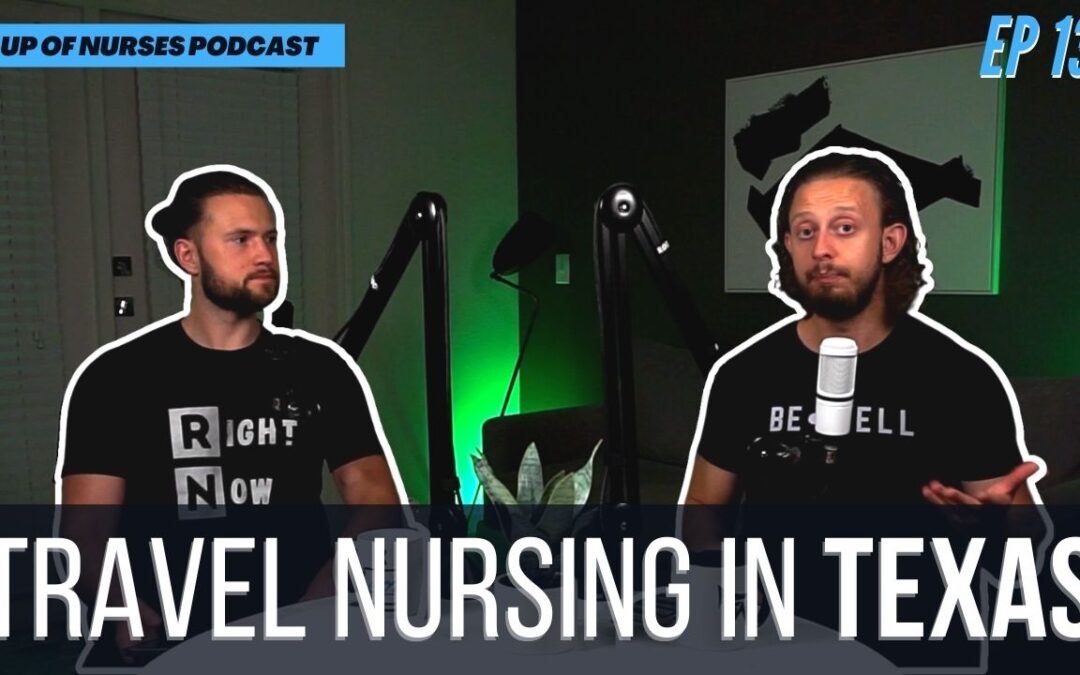
Alzheimer’s Disease and the Gut Microbiome
Alzheimer’s Disease
Alzheimer’s disease is a progressive neurologic disorder that causes the brain to shrink (atrophy) and brain cells to die. It is one of the most common causes of dementia — a continuous decline in thinking, behavioral and social skills that affect a person’s ability to function independently [1]. Here are known facts about this disease:
-
Alzheimer’s disease accounts for 60-80% of dementia cases.
-
It is not a normal part of aging. Drastic and progressive memory decline over time in older adults is not a normal part of aging. There is also an early onset of Alzheimer’s that can start before the age of 65.
-
Alzheimer’s is a progressive disease, and it gets worse over time.
-
There is no cure for Alzheimer’s disease.
-
The early signs of the disease include forgetting recent events or conversations.
-
As the disease progresses, a person with Alzheimer’s disease develops severe memory impairment. They will lose the ability to carry out everyday tasks.
People with Alzheimer’s may:
- Repeat statements and questions over and over.
- Forget conversations, appointments, or events, and do not remember them later.
- Routinely misplace possessions, often putting them in illogical locations.
- Get lost in familiar places.
- Eventually, forget the names of family members and everyday objects.
- Have trouble finding the right words to identify objects, express thoughts, or take part in conversations [2].
What do we know about Alzheimer’s disease?
What is Beta-amyloid?
Gut and Alzheimer’s Disease
Recent research shows a potential link between our gut and Alzheimer’s disease. As we have found out, a big part of our immune system lives in the gut [6].
Looking at some research, we realized that:
- Imbalances in gut microbes could contribute to amyloid plaques in the brain. It raises the risk of Alzheimer’s disease, researchers suggest.
- Researchers noted previous studies have shown that those with the condition tend to have altered gut microbiota. It is compared to those without dementia.
- Many lifestyle strategies can boost gut health. It includes healthy eating, exercise, stress management, and getting quality sleep.
- People that develop Alzheimer’s have a different gut biome than people that don’t.
- People that have Alzheimer’s have a different gut biome compared to people without it.
Changes to your diet can play a role in developing Alzheimer’s
-
Proteins from lean meat and fish break down into amino acids that form the basis of brain cells.
-
Vegetables, fruits, and whole grains provide essential carbohydrates. These are glucose, giving the brain much-needed fuel.
-
Healthy fats like omega-3 fatty acids support the immune system. It helps lower inflammation and shield your brain from damage.
-
Fermented foods can increase the number of beneficial bacteria in the gut. It also helps improve both gut and brain health.
-
Drinking enough water helps hydrate the brain cells. It provides them with their needed electrolytes and water to function.
An article in Science Daily stated that:
- University of Geneva (UNIGE)
- University Hospitals of Geneva (HUG) in Switzerland
- National Research and Care Center for Alzheimer’s
- Psychiatric Diseases Fatebenefratelli in Brescia
- University of Naples
- IRCCS SDN Research Center in Naples
Proteins produced by certain intestinal bacteria identified in patients’ blood could indeed modify the interaction between the immune and the nervous systems and trigger the disease.
These results, to be discovered in the Journal of Alzheimer’s Disease, make it possible to envisage new preventive strategies based on the modulation of the microbiota of people at risk [8].
A study published on Feb 25, 2021, also saw a similar correlation.
This study assessed whether behavioral and cognitive performance in 6-month-old AppNL-F, AppNL-G-F, and C57BL/6J wild-type (WT) mice was associated with the gut microbiome and whether the genotype modulates this association.
The integrated gut microbiome hippocampal DNA methylation analysis revealed a positive relationship between amplicon sequence variants (ASVs) within the Lachnospiraceae family and methylation at the Apoe gene.
Hence, these microbes may elicit an impact on AD-relevant behavioral and cognitive performance via epigenetic changes in AD-susceptibility genes in neural tissue, or such changes in the epigenome can produce alterations in intestinal physiology that affect the growth of these taxa in the gut microbiome [9].
Foods to Avoid When Preventing Alzheimer’s Disease
People who don’t develop Alzheimer’s have been shown to eat a more diversified diet. It also includes a diversity of healthy foods such as fruits, vegetables, seafood, and meat.
The unfortunate news is that most foods that increase cognitive decline and potentially play a role in the development of Alzheimer’s disease are also staples in the modern American diet.
- White foods: bread, white rice, pasta, white flour, and sugar.
- It causes a spike in glucose and insulin, potentially causing inflammation and damage to the brain.
- Processed meats and cheeses: American cheese, canned cheese, mozzarella sticks, sausage, canned meats, cold cuts, etc.
- Build up amyloid in your body.
Want to learn more? Check out the full Episode 76 here 👇
SHOW NOTES:
0:00 Cup of Nurses Introduction
1:42 Episode Introduction
4:33 What is Alzheimer’s Disease
8:03 What is beta-amyloid?
13:27 Gut and Alzheimer’s disease
15:40 Changes to your diet can play a role in developing Alzheimer’s
21:50 Study about gut biome relating to Alzheimer’s disease
28:24 Foods to avoid when preventing Alzheimer’s





Recent Comments